Custom Restaurants Website Development Company
Implement payments in your restaurants website
Create custom website to improve booking and reservation
Increase revenue flow by expanding customer base
Restaurant Website
Design Case Study
TIME
10 Weeks
TYPE
Website Dev
INDUSTRY
Restaurant
PLATFORM
Web, Mobile
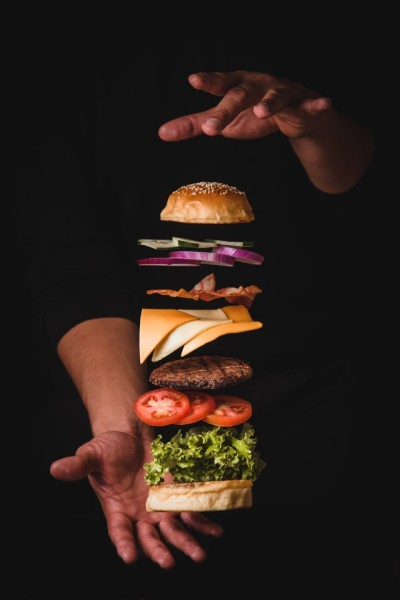
The design's goal is to connect targeted customers and foodies around the world to explore unique food offered by this restaurant
Restaurant Design
Project Idea
Develop a website for visitors who want to explore new unique food.
Target audience
Potential customers and foodies from all over the city
Project challenges
Results
We created solutions following project requirements and meeting deadlines. We've integrated a user-friendly design, reservation system and online payment systems.
Planning
Input
The client initially had:
- Business model basis
- List of required features
- Project release deadline
Analysis
We analyzed every detail:
- Appropriate tech stack
- Business competitors
- Design system
- Analysis of payment systems and their fees
Outcomes
Our work resulted in:
- Tech requirements
- Detailed estimation
- Wireframes & Prototyping
- Website Development
Technology stack
See the ways how the designers and developers implemented client’s requirements
Web Design
Figma
Web Development

Webflow
Elementor

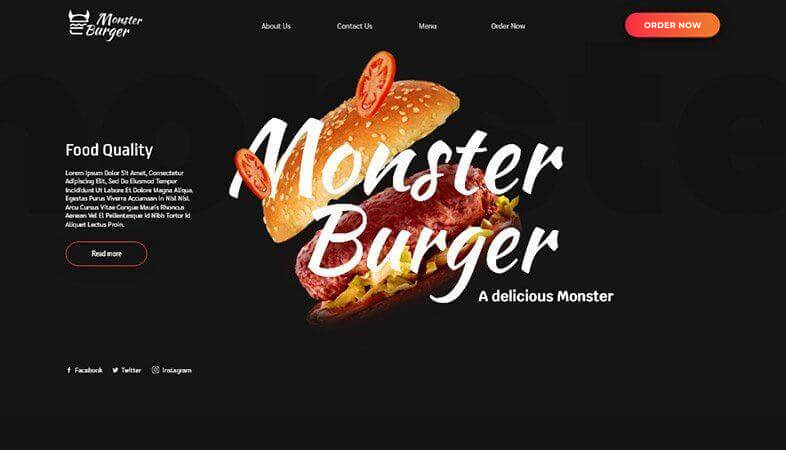
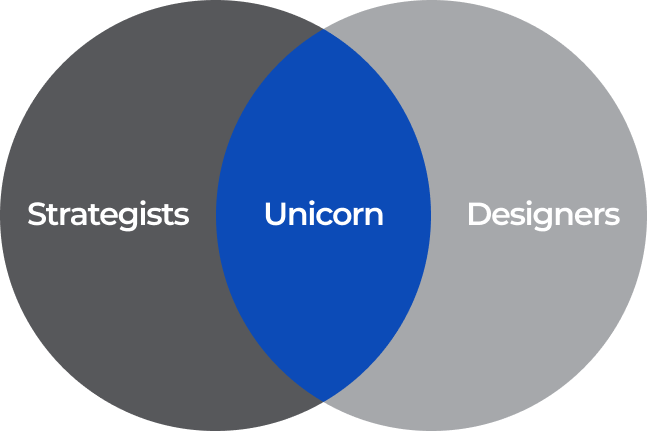
Strategy Led Design for
Fast Moving Restaurant.
As design strategists, we bridge the gap between
strategy conceived and strategy executed. We align
the goals of your organization to the needs of your
customers— creating exceptional brand experiences.
strategy conceived and strategy executed. We align
the goals of your organization to the needs of your
customers— creating exceptional brand experiences.
Project Break Down
Project Phases




phase Breakdown




Weekly Sprints
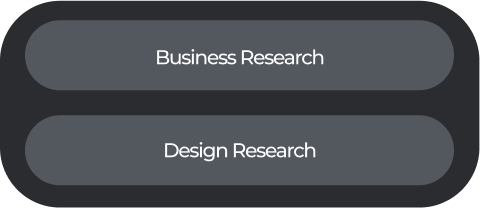

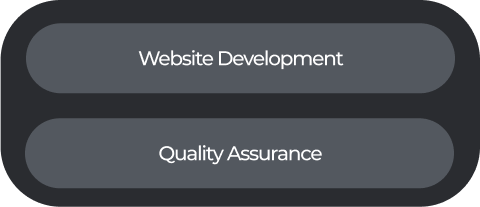

SUMMARY
Project break down into phases.
Phases break down into weekly sprints.
Weekly sprints break down into Tasks.
Demographics, Psychographics and Behavior
Demographics, psychographics, and behavior are the tools you’ll need to become familiar with to define your target market in the food business.
Here’s everything you need to know about each category and some restaurant target market examples within each, so you can start to think about which ones resonate for your restaurant concept.
Demographics
Demographics include age/generation, gender, dwelling location (urban, suburban, rural), religion, and income. Some characteristics specific to demographic habits and their relation to dining are:
Age / Generation
Generation Z: Born 1995 to 2014
- Spends money on food above all else
- Prefers quick service and casual dining restaurants
- Grew up with digital technology, thus expect information at their fingertips
- If they’re a part of your target market, online prevalence on social media and online review sites is imperative
Millennials: Born 1980 to 1994
- Eats out more often than the general population, with 53% going out to eat at least once a week
- Prefers fresh, natural ingredients
- Prioritizes sustainability and ethics
- Prefers fast casual and fine dining over traditional fast food like McDonalds
- Most likely to look at a restaurant’s menu online
Generation X: Born 1964 to 1980
- Prefers organic food
- Places a lot of value on family dining
- Not as digitally savvy as Millennial and Gen Z counterparts
- Still peruse review sites and social media
Baby Boomers: Born 1946 to 1964
- Many baby boomers report being on a diet
- They spend a significant amount of money eating out
- Aren’t as tech savvy as their kids and grandkids, but they’re trying
Location
Does your target consumer primarily inhabit an urban, suburban, or rural setting? You’ll really need to know this when you’re choosing the perfect location for your restaurant. Long commutes will be a deterrent for restaurant-goers, even if your concept fits the bill.
Urban
- Combines commercial and residential dining
- Caters to professionals, friends, families, and alcohol-focused consumers
- Competition is greater – but population density is, too
- Varying income levels
- Groups of all sizes mean the need for various table settings
- More appetite for food trends and entertainment options
- Diners are more likely to look at online menus
- Diners are more likely to try a new restaurant
- Diners are more likely than suburban and rural diners to eat out
- Diners are more likely to be influenced by social media and online reviews
Suburban
- Families, Generation X, and Baby Boomer generations
- Larger groups and families
- Middle-class income levels
- More likely than urban diners to have small children
- Diners are more influenced by locally sourced food choices
Rural
- Regulars
- Families and Baby Boomer age groups
- Middle-class income levels
- Diners are less likely to use review sites
- Diners are less likely to try somewhere new
- Diners are more likely to eat out with families
- Diners are less likely to be influenced by social media and online reviews
- Diners are more influenced by locally sourced food choices
Travel destination
- Tourists
- Disposable cash
- Interest in landmarks
- Savour a luxury experience or, conversely, a quick meal
Income
How much money does your target demographic make? This will be important to determine so that you know how much to charge your customers. If your target market are mostly middle-class families, you probably shouldn’t charge $50 for an entree.
High income
- Frequently check online menus before committing to a restaurant
- More likely to dine at a restaurant they’ve never been to
- Influenced by negative online reviews
Middle income
- Likely to dine at a restaurant they’ve never been to
- Likely to eat fast food
- Likely to look at online sources before going to a new restaurant
low Income
- Less perturbed by negative reviews, but still somewhat influenced by them
Other fast facts
- People with more education are more likely to go to full service restaurants.
- Men are more likely than women to go to both fast food and full service restaurants.
- People who worked more hours are more likely to go to both fast food and full service restaurants.
- Smokers are more likely to go to fast food rather than full service restaurants.







